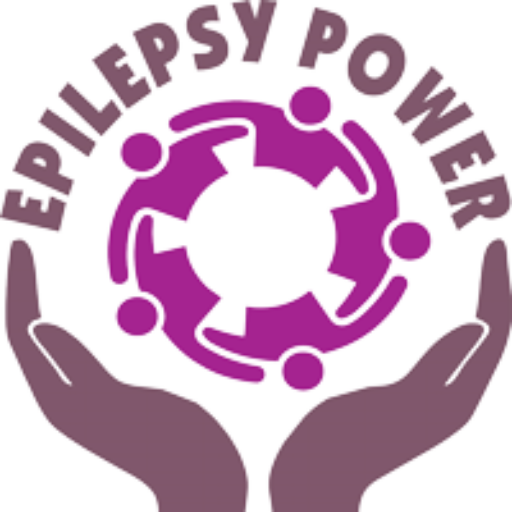- Introduction
- Section 1: Understanding Social Communication
- Section 2: Recognizing Barriers to Effective Communication
- Section 3: Active Listening Skills
- Section 4: Non-Verbal Communication
- Section 5: Emotional Intelligence
- Section 6: Overcoming Communication Anxiety
- Section 7: Effective Conflict Resolution
- Section 8: Building Social Skills in Specific Contexts
- Conclusion
- Quiz
Module Overview:
Social communication and interaction skills are essential for effective interpersonal relationships and professional success. This module aims to provide learners (HEI’s staff and people with epilepsy) with a comprehensive understanding of social communication, recognizing barriers, active listening, non-verbal communication, emotional intelligence, overcoming communication anxiety, effective conflict resolution, and building social skills in specific contexts. By studying this module, learners will acquire the knowledge and skills necessary to enhance their communication abilities for a better integration, and foster positive connections with others.
Learning Outcomes for HEI’s staff and people with epilepsy:
Understanding the principles and importance of effective social communication.
Developing active listening skills to improve understanding and giving feedback.
Recognizing and overcoming barriers to effective communication.
Utilizing non-verbal communication cues to enhance interpersonal interactions.
Cultivating emotional intelligence to navigate and manage emotions in social settings of people with epilepsy.
Overcoming communication anxiety and improving self-confidence in social situations of people with epilepsy.
Applying effective conflict resolution strategies for positive outcomes.
Building social skills in specific contexts, such as professional settings or personal relationships.
Facilitating disclosure in a person with epilepsy involves creating an open and supportive environment to encourage them to share their condition with others.
Module Structure:
Number of Sections: 8
Duration: Approximately 12 hours
Introduction
Social communication and interaction skills are essential for building meaningful and fulfilling relationships in both personal and professional contexts. These skills enable individuals to connect with others, convey their thoughts and feelings effectively, and understand the perspectives of those around them. By developing strong social communication skills, individuals can enhance understanding, empathy, and cooperation, leading to improved relationships and overall well-being.
In today’s fast-paced and interconnected world, there are various challenges that individuals may encounter in the realm of social communication. Communication barriers, such as language differences, cultural nuances, and physical disabilities, can impede effective interaction and understanding between individuals. Moreover, anxiety and fear related to social situations can hinder one’s ability to express themselves and engage comfortably in conversations.
To address these challenges, it is crucial to explore strategies and techniques that can help individuals improve their social communication and interaction skills. By doing so, individuals can overcome barriers, reduce anxiety, and foster meaningful connections with others.
In the following sections, we will delve deeper into different aspects of social communication and provide practical guidance on how to enhance these skills. We will explore the role of active listening, the significance of non-verbal communication, the importance of emotional intelligence, strategies to overcome communication anxiety, effective conflict resolution techniques, and context-specific social skills development.
By implementing the strategies and techniques discussed in this document, individuals can cultivate their social communication and interaction skills, leading to more fulfilling relationships and improved social experiences. It is important to note that enhancing these skills is an ongoing process that requires practice, self-reflection, and a willingness to learn and adapt. Let us now explore each aspect in detail to gain a deeper understanding and practical insights into improving social communication and interaction skills.
